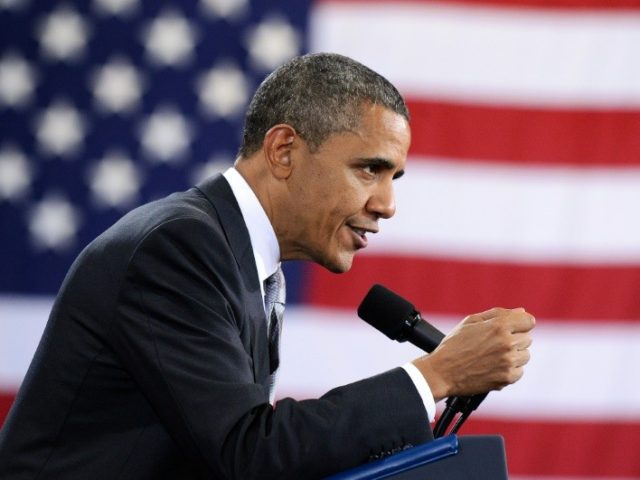WASHINGTON, D.C. — President Barack Obama announced changes to his plans to draw down the number of U.S. forces in Afghanistan, saying the United States will maintain 8,400 troops in the country into 2017 as he acknowledged that after more than 14 years of war “the security situation in Afghanistan remains precarious.”
The changes come amid deteriorating security conditions fueled by a Taliban resurgence and an Islamic State (ISIS/ISIL) branch eager to expand its presence in the country.
Obama noted:
The security situation in Afghanistan remains precarious. Even as they improve, Afghan security forces are still not as strong as they need to be. With our help, they’re still working to improve critical capabilities, such as intelligence, logistics, aviation and command and control.
At the same time, the Taliban remains a threat. They’ve gained ground in some cases…
We can’t forget what’s at stake in Afghanistan. This is where Al Qaida is trying to regroup, this is where ISIL continues to try to expand its presence. If these terrorists succeed in regaining areas and camps where they can train and plot, they will attempt more attacks against us.
Initially, Obama’s plan was to reduce the U.S. military presence in Afghanistan to 5,500 by the end of this year, from the approximately 9,800 who are there now.
“Instead of going down to 5,500 troops by the end of this year, the United States will maintain approximately 8400 troops in Afghanistan into next year through the end of my administration,” declared Obama on Wednesday.
“The narrow missions assigned to our forces will not change. They remain focused on supporting Afghan forces and going after terrorists,” he continued. “But maintaining our forces at this specific level, based on our assessment of the security conditions and the strength of Afghan forces, will allow us to continue to provide tailored support to help Afghan forces continue to improve.”
Obama noted that his decision was driven by the results of a review of the security conditions in Afghanistan conducted by Gen. John Nicholson, Jr., the top commander of U.S. and NATO troops in the country, and recommendations from Defense Secretary Ash Carter, Chairman of the Joint Chiefs of Staff Gen. Joseph Dunford, Congress, the Afghan government, and America’s international partners.
The president said:
Today’s decision best positions my successor to make future decisions about our presence in Afghanistan..The decision I’m making today ensures that my successor has a solid foundation for continued progress in Afghanistan as well as the flexibility to address the threat of terrorism as it evolves.
An estimated 2,215 U.S. troops had been killed in Afghanistan by the time Obama ended the combat mission at the end of 2014.
Since, the Special Inspector General for Afghanistan Reconstruction (SIGAR) has conceded that American troops have been drawn into combat in support of the Afghan security forces against the Taliban.
“Over the past year and a half, 38 Americans, military and civilian, have lost their lives in Afghanistan on behalf of our security, and we honor their sacrifice,” acknowledged Obama.
He added:
Compared to the 100,000 troops we once had there, today, fewer than 10,000 remain. And compared to their previous mission, helping to lead the fight, our forces are now focused on two narrow missions: training and advising Afghan forces and supporting counterterrorist operations against the remnants of Al Qaida as well as other terrorist groups, including ISIL.
Since Obama declared an end to the U.S. combat mission in Afghanistan in December 2014, Afghan civilians and security forces have suffered a record number of casualties, primarily at the hands of the Taliban.
In the first year after the president announced the end to the combat mission, the Taliban surpassed ISIS as the world’s most prolific terrorist organization, with 1,093 individual attacks between January and December of 2015.
The U.S. has also invested nearly $113 billion on reconstruction efforts in Afghanistan since the war started in October 2001.

COMMENTS
Please let us know if you're having issues with commenting.